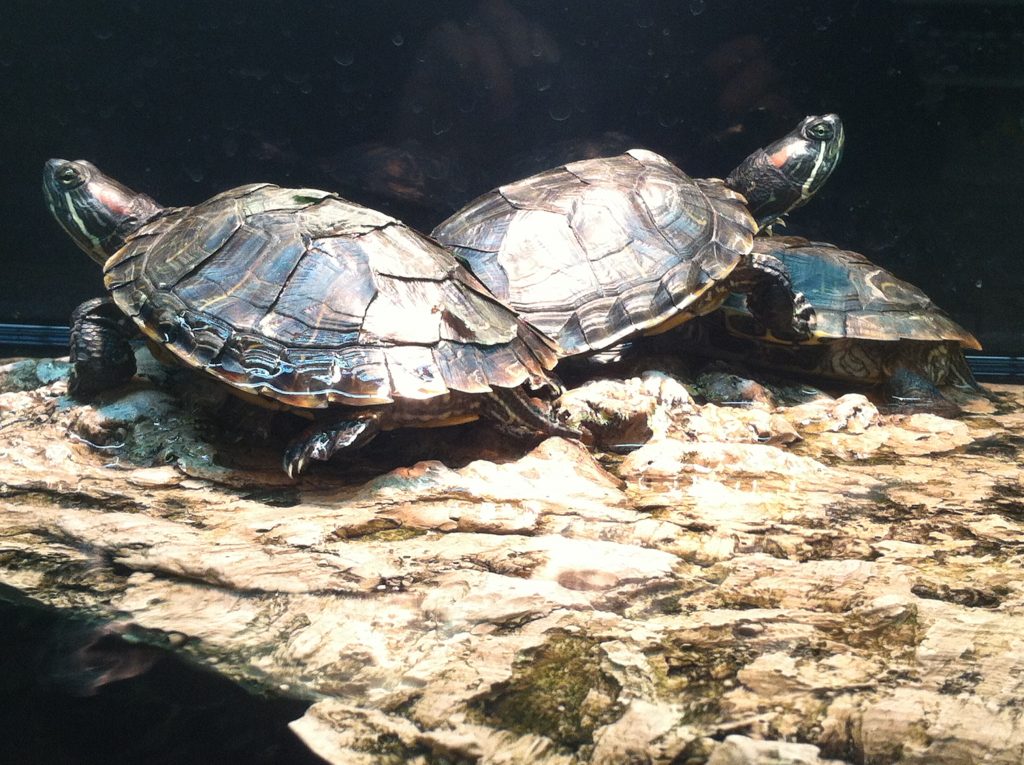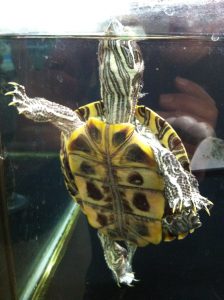
The Covid 19 Pandemic and the Problem with Pet Turtles
By now we’re all familiar with the history of the current coronavirus pandemic–how the virus originally made the jump to humans from a market peddling wildlife in China and rapidly spread through a global population with no immunity to it, having never encountered it before. What you may not realize is that humans pose the same threat to wild turtles, and their pet turtles are the vector.
History is rife with examples of “civilized” populations introducing disease to native populations that had no defense against it. Wildlife is no different. Like Europeans bringing smallpox to the Native Americans, captive turtles released into the wild can devastate entire populations of wild turtle because they may carry pathogens picked up in captivity that no wild species has ever been exposed to.
If you’ve ever encountered a non-native turtle in the wild, you probably saw what appeared to be a healthy animal, quite at home in its adopted environment. But you also saw an animal that is not supposed to be part of our Northeastern ecosystem. You saw an animal that was introduced, with no scientific testing, no regulatory approval, and certainly no permission from anyone–especially its new community. What you did not see was the impact that animal had on its new community. Sure, species like Red eared sliders, natives of the Southern U.S., adapt pretty well to life in these colder, northern parts and, for better or worse, seem to thrive here. That has made them either an invasive or a naturalized species, depending on whom you talk to or your point of view. But what pathogenic baggage do they carry with them?
The common assumption, when the questions of whether to release a captive animal arises, is that the animal has somehow forgotten how to live as a wild creature. Instincts are not given a lot of credit in popular belief. Turtles, however, have small brains and have been operating–and surviving–almost purely by their instincts for millions of years. A few months or even several years in captivity isn’t about to sever that connection. The real reason for keeping captive turtles out of the wild is that they may carry disease. Whether it’s a pet store turtle or a native animal taken illegally from the wild, any turtle that has been living OUT of the wild is a potential threat to the wild populations it infiltrates.


